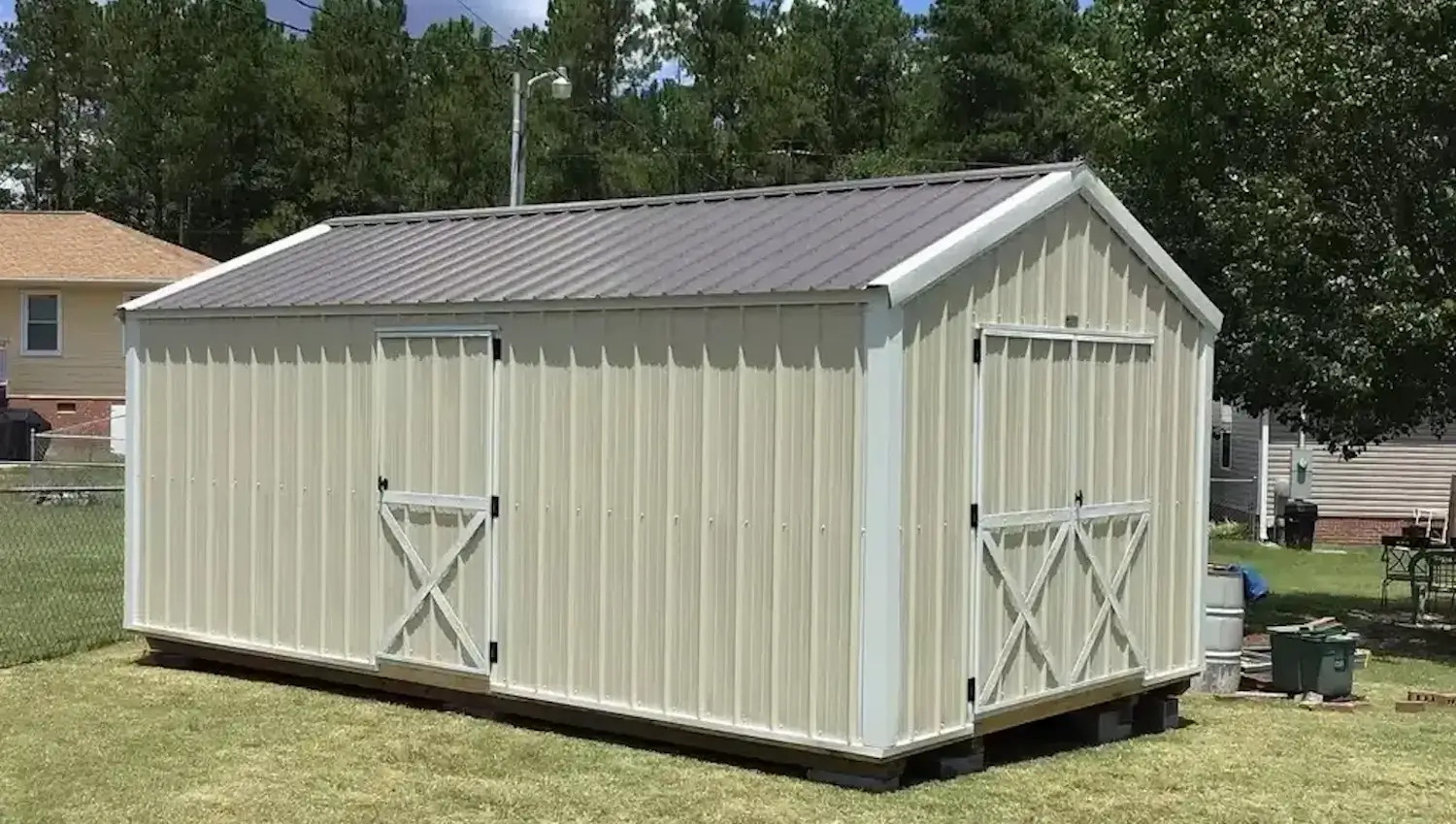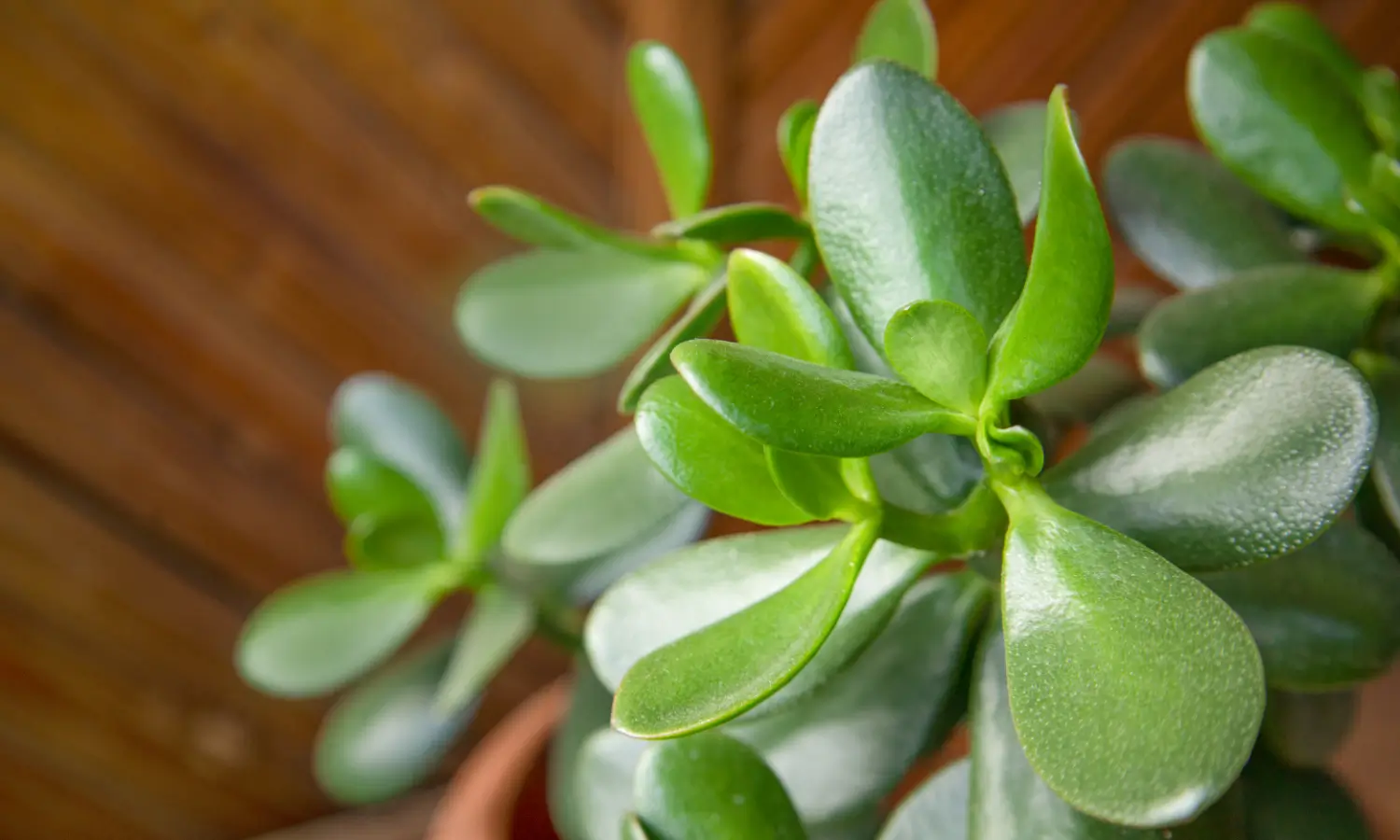
August 24, 2025

Houseplants are a beautiful addition to any indoor space. However, some plants, such as orchids, fiddle leaf figs, and gardenias, can be challenging to grow indoors due to their need for constant watering, high humidity, and specific light conditions. So, Peperomia obtusifolia is an excellent choice for gardeners looking for easy-to-care plants that thrive in low-light conditions.
Peperomia obtusifolia is a small, attractive tropical plant that produces glossy, spoon-shaped leaves with dark green or colorful patterns. Sometimes, it produces small, pale greenish-white flowers that aren’t very noticeable. This plant grows well in low light, dry soil, and high humidity, making it perfect for indoor space.
Due to its compact size, it is a popular indoor plant and is often used as a desktop plant. Growcycle provides expert guidance to help gardeners choose the right indoor plant that is easy to care for.
Peperomia obtusifolia, also known as the Baby Rubber Plant, is a popular houseplant from the Piperaceae family. It is native to tropical areas like southern Florida, Mexico, the Caribbean, and southern and central America and thrives in warm and humid environments.
Peperomia Obtusifolia is a versatile and easy-to-maintain houseplant that thrives in a variety of indoor settings. Its compact size, lush green leaves, and low-maintenance care make it an excellent choice for both decorative and functional spaces.
Peperomia obtusifolia is a beautiful plant with many benefits, making it a great option for indoor spaces. Here are some benefits of growing this plant:
Peperomia obtusifolia can easily thrive with low care, adding beauty to any space. However, a few factors are essential for its healthy growth:
Peperomia obtusifolia prefers bright, indirect sunlight. The plant thrives well in a partially shady spot, such as near a south, east, or west-facing window, as long as there isn’t too much direct afternoon sun. Although non-variegated types of this plant can tolerate low light, there is a better, healthy growth with some bright morning sun.
Gardeners should grow this plant in moderate to bright sunlight. Direct sunlight can burn its leaves and stunt growth. Similarly, these plants should not be kept in low light for too long, as they may not grow well.
Peperomia obtusifolia needs moderate watering, usually every 1-2 weeks during the growing season. The plant can store water in its leaves and stems for short, dry periods. However, too much dryness over time can harm the plant. During the watering, gardeners should wait to let the soil dry out completely before the next watering schedule.
This plant does not require much water in winter, so gardeners should avoid overwatering it, as this can damage the roots. The plant's water needs also depend on the light conditions; if there is a bright light, it will need more water; however, it does not need much water in low light.
The plant thrives in moist conditions but needs well-draining soil to avoid root rot. It grows well in loose, fertile potting mixes, such as a mixture of peat in two parts and one part perlite or sand. Gardeners must ensure that the soil is not too wet and that it drains properly to maintain the plant’s health.
Gardeners can also use cactus soil or a general potting mix with a combination of perlite for its healthy and bushy growth. However, heavy or compact soil is not good for Peperomia obtusifolia as it can have too much moisture, leading to root rot.
Peperomia obtusifolia thrives in a warm environment between 65°F and 75°F. It grows well in typical indoor temperatures or average room temperatures. However, only a stable environment with no frequent temperature changes can help ensure healthy growth.
Gardeners must maintain their temperature, as fluctuations in temperature can harm the plant. Hence, it is better to keep the plant away from cold drafts, air conditioning, or heating vents.
A humid environment is essential for the healthy growth of peperomia obtusifolia plants. The plant usually absorbs moisture through its leaves, so gardeners need to mist them a few times a week. Hence, it is better to mist the leaves or place a plant on a pebble tray to add moisture to them.
Although it can grow in dry conditions, it requires special care. For this, gardeners can use the humidity meter or humidifier to keep the plant in the right shape, especially during the active growing season in summer.
The plant only needs light fertilization for healthier and bushier growth. Hence, in spring or summer, the growing season, gardeners can use diluted all-purpose liquid fertilizer once or twice a month. In winter, fertilizer is unnecessary; however, if necessary, only feed once a month because the overfertilization can cause brown spots on the leaves.
There is no need to fertilize during the first year of plantation. Hence, gardeners can start fertilizing this plant after a year of plantation using compost or light fertilizer.
Follow these tips to maintain Peperomia Obtusifolia:
Regular pruning of the baby rubber plant can help keep it in better shape. However, there are two concepts for removing dead leaves: pruning and pinching.
It is best to prune the plant during its active growing season, such as summer, spring, or early fall. Warmer climates help plants grow faster with new branches. Hence, gardeners should avoid heavy pruning in winter.
Here is the easy step-by-step guide for pruning Peperomia Obtusifolia without much effort.
Propagating the Peperomia obtusifolia plant is easy and can be done in three different ways:
Repotting Peperomia Obtusifolia is an important step in maintaining the healthy growth of plants. Here is the complete guide on repotting the plant.
In early summer or spring, Peperomia obtusifolia can be repotted. This plant can typically repot after every 2-3 years, making it easy for gardeners with busy schedules. However, there is no need for regular repotting; it is only needed when the roots start to grow out from the drainage holes, or it becomes a pot-bound plant.
Some common problems with the Peperomia obtusifolia plant can reduce its growth such as:
Causes: Overwatering
Solution:
Causes: Insufficient light
Solution:
Cause: Overwatering
Solution:
Causes: Improper watering, either overwatering or underwatering; Inconsistent moisture level; too much direct sunlight; dry environment.
Solution:
Peperomia obtusifolia is a beautiful, low-maintenance plant that thrives in bright, indirect light, making it a perfect choice for an indoor houseplant. The darker green, glossy, and oval-shaped leaves of the plant add charm to any space.
With the right care and maintenance, Peperomia obtusifolia can last many years and add beauty to any home. Growcycles provides gardeners with expert tools, tips, and guidance to help them select the perfect indoor plants, ensuring success at every journey step.
Disclaimer: This material is for informational purposes only and should not be relied on for legal, medical, financial, or any other form of professional advice.
Yes, Peperomia obtusifolia can tolerate dry air but thrives best in moderate humidity. While it is not as demanding as tropical plants, very dry air may lead to slower growth, browning leaf edges, or increased susceptibility to pests like spider mites.
It is best to repot the plant every 2-3 years or only when it is root-bound. However, always choose the summer or spring season for repotting.
Yes, this plant can grow in low light without much stress, especially for non-variegated cultivars. However, the growth rate becomes slow in this light, and the plant can become more leggy. So, using a bright and indirect light location for this plant is better.